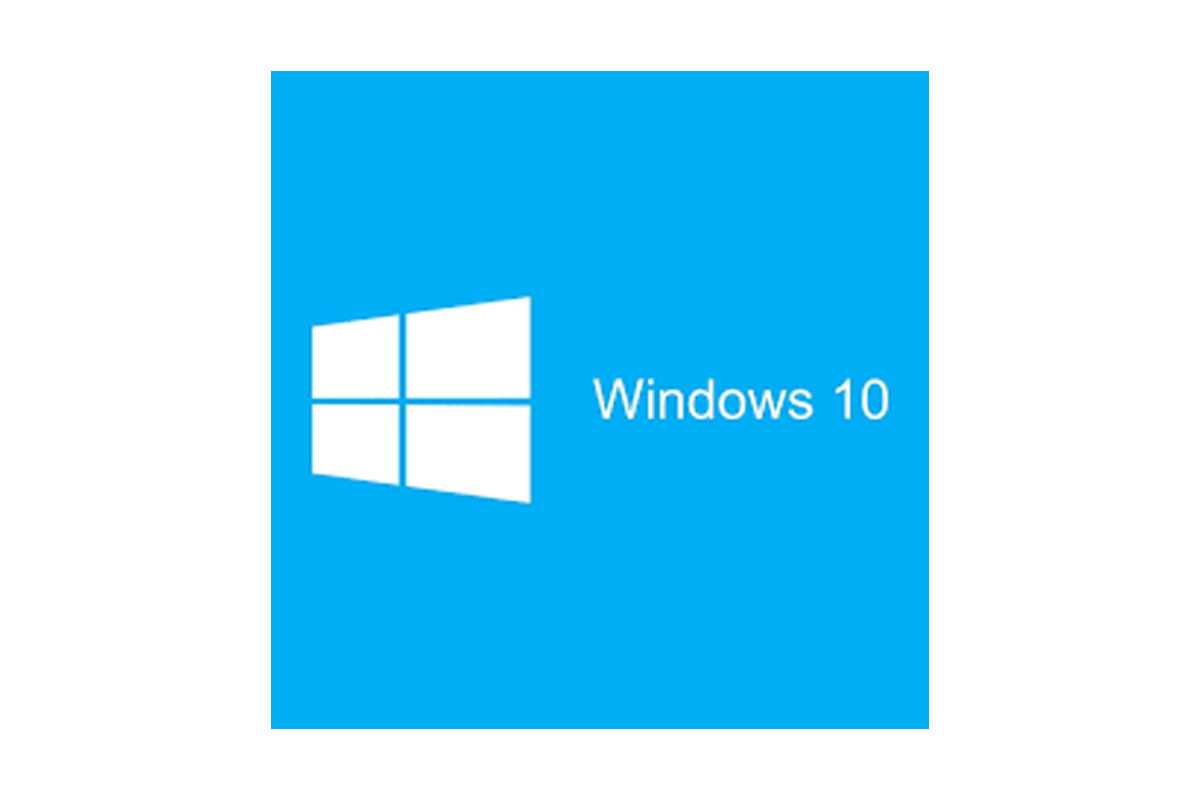That is the question indeed. It’s hard to determine what is a legitimate update and what isn’t. And with Adobe, Java, Windows–the list goes on and on–do you need it? Is it from a trusted source? And never mind that your antivirus is up to date. Sometimes a person just doesn’t know.
The good news is there are a few simple things you can do to minimize your chances of getting a virus or installing something malicious on your computer. Turn on Windows Updates. Windows should update on its own if your settings are set accordingly. It takes the guesswork out of whether or not an update is valid when they are performed automatically. The other thing you can do is go directly to Adobe’s site for updates–or go directly into Adobe Reader or whatever program and update it right within the program itself (Help/Check for updates). Lastly, never update things via an e-mail link unless you know 100% it is from a trusted source (and even then…!). If you mouse over the link you’ll see the real address it is going to direct you to. So when you get an e-mail from the IRS saying you owe $12,872.65 in back taxes –click here to learn more–don’t do it! Most of these places will never contact you via e-mail anyway–same with Microsoft–they don’t have a bunch of techs with their feet up in the air randomly calling people to tell them their computer isn’t functioning properly!
There will more on some of this later, but for now, using some of these techniques will help prevent you from falling victim to the next scammer.

